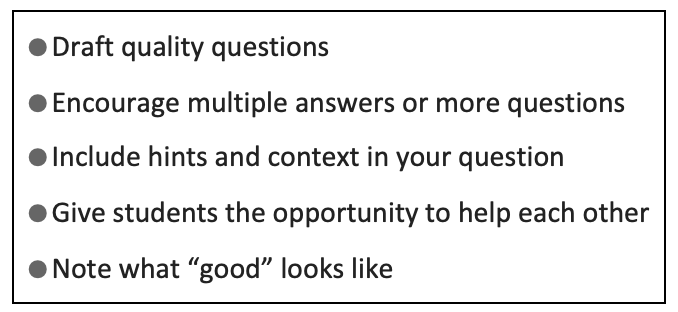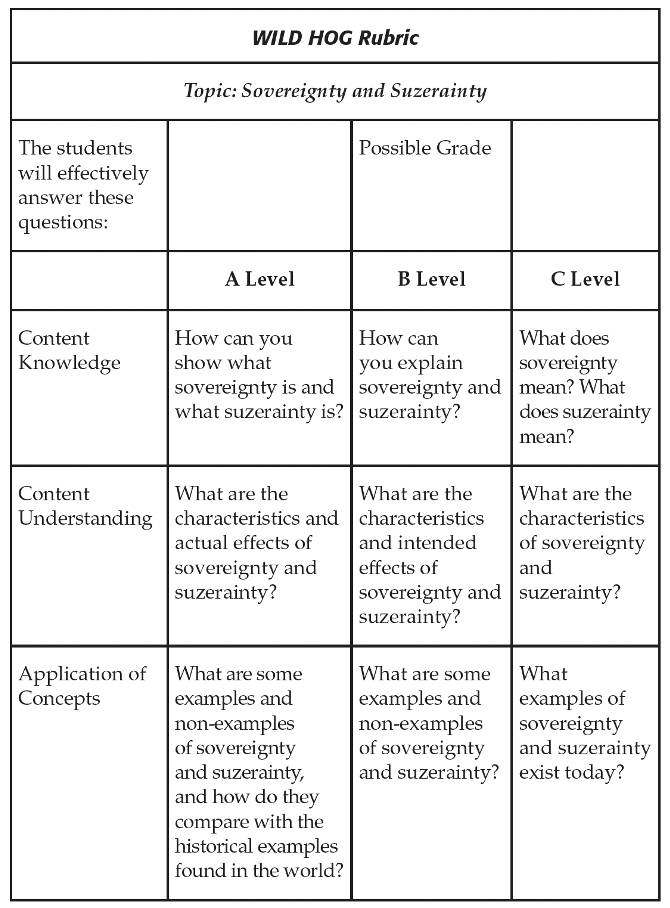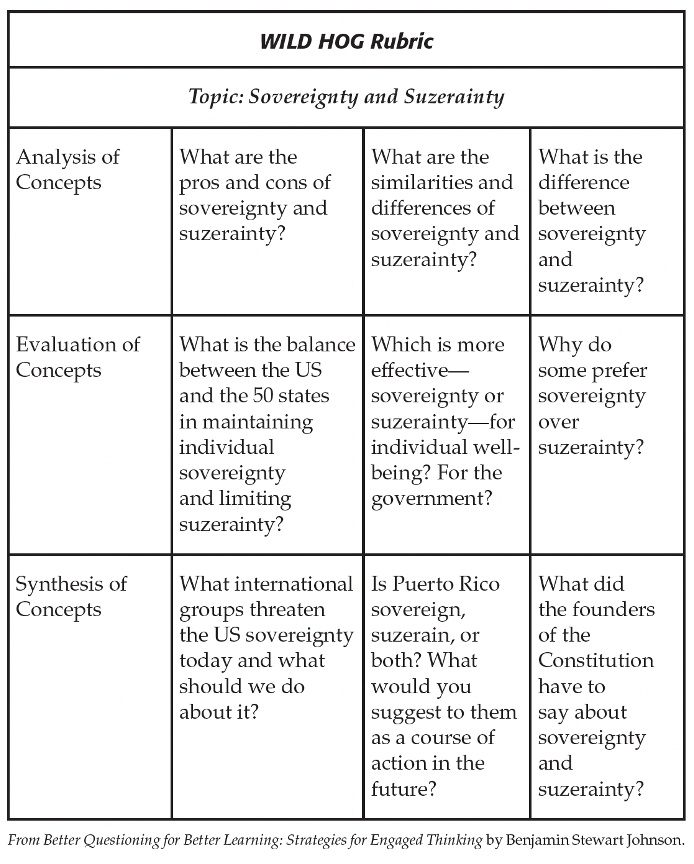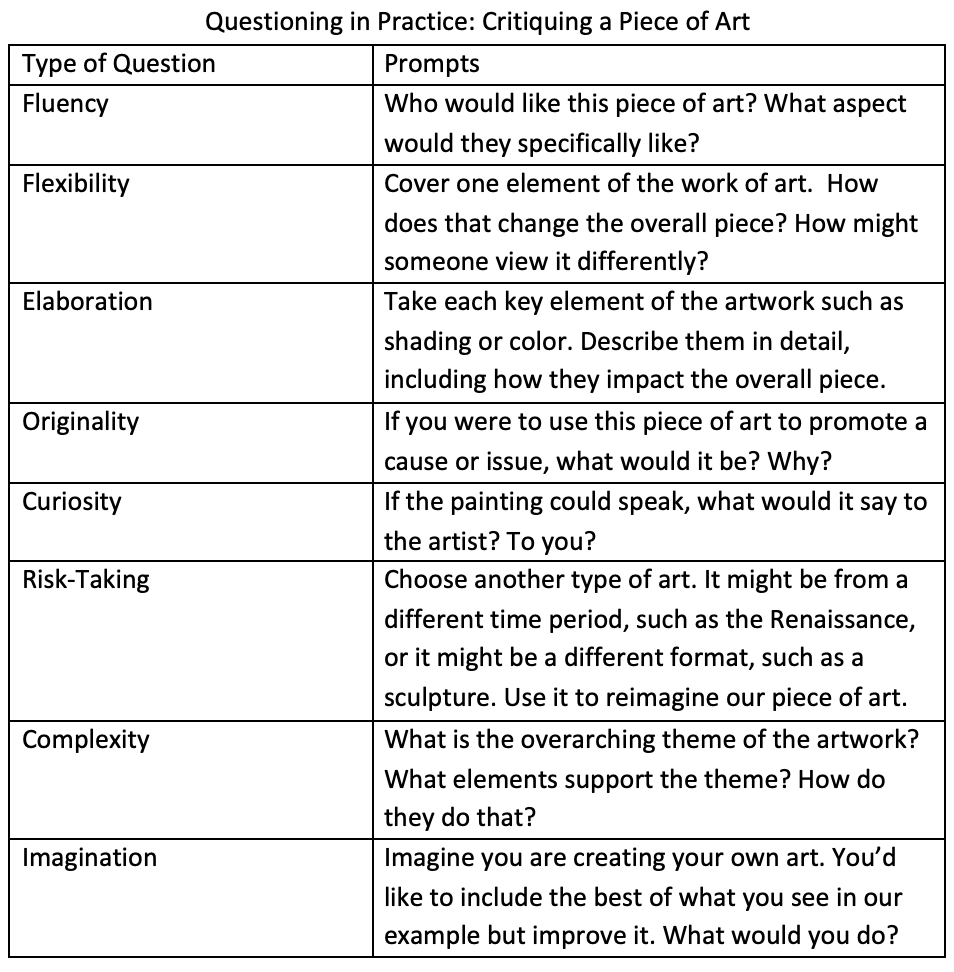Designing Questions That Support Scaffolding
By Barbara R. Blackburn

A key part of instruction is designing questions that scaffold student learning. Let’s look at five strategies to design effective questions.
1. Draft quality questions
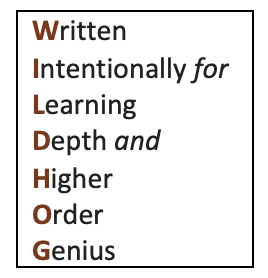
In the rubric below, notice that questions are clear and direct. However, in the A level questions, students are also working at a rigorous level.
2. Encourage multiple answers
When I was reading Strategies for Developing Higher-Order Thinking Skills by Wendy Conklin, I was excited to discover a model of questioning that I had not seen before, which encourages multiple answers. The Williams Model, developed by Frank Williams, has several aspects, but here I want to focus on Conklin’s types of questions that support the Williams Model.
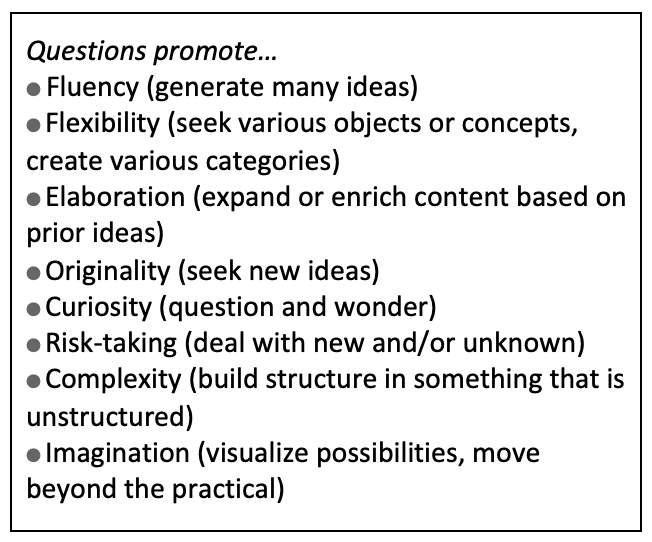
 3. Incorporate hints and context in your questions
3. Incorporate hints and context in your questions
Just as you can use questions to scaffold learning, you can use hints and context. For example, instead of just saying, “What did Jacques Cousteau contribute to our society?”, ask “By co-inventing scuba tanks, what did Jacques Cousteau contribute to our society?”
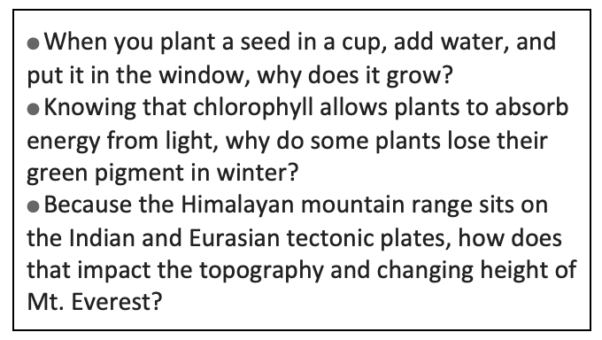
For any small group summaries, charts, diagrams, etc. that students complete, post them around the room. At the end of the lesson or at the beginning of the next day, students rotate through the posted material, “reading the room.” This can spur discussion and support those students who are struggling.
4. Give students the opportunity to help each other
It’s important to allow students to help each other when needed. Ideally, students can respond on their own, but everyone needs help at times. I visited one classroom where the teacher mimicked Who Wants to Be a Millionaire and allowed students three lifelines to ask for help (poll the class, ask a friend, narrow down the choices). In another classroom, a high school history teacher allowed students to contact the brain, which meant they could ask their small group for help. Whatever you want to use is fine; just be sure students know it is acceptable to ask for help.
5. Note what “good” looks like
Finally, be sure your question provides a clear indicator of success. For example, although both samples below are acceptable, notice how much more specific we can be about what we want (what a “good” answer is) by including the supporting language in each row.
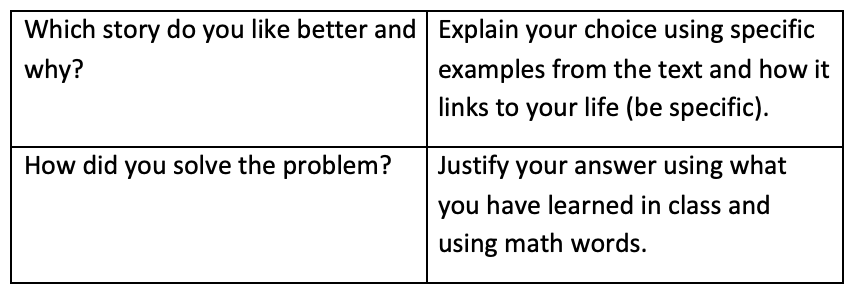
A Final Note
Effective questions build in opportunities to scaffold student learning. These specific strategies can enable you to create those options.
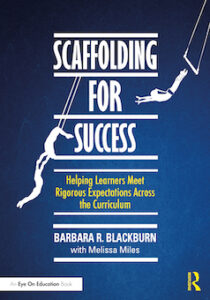
Barbara is the author of Scaffolding for Success (Routledge/Eye On Education, 2025) and many other books and articles about teaching and leadership. Visit her website and see some of her most popular MiddleWeb articles about effective teaching and support for new teachers here.
Feature image by Gerd Altmann from Pixabay

